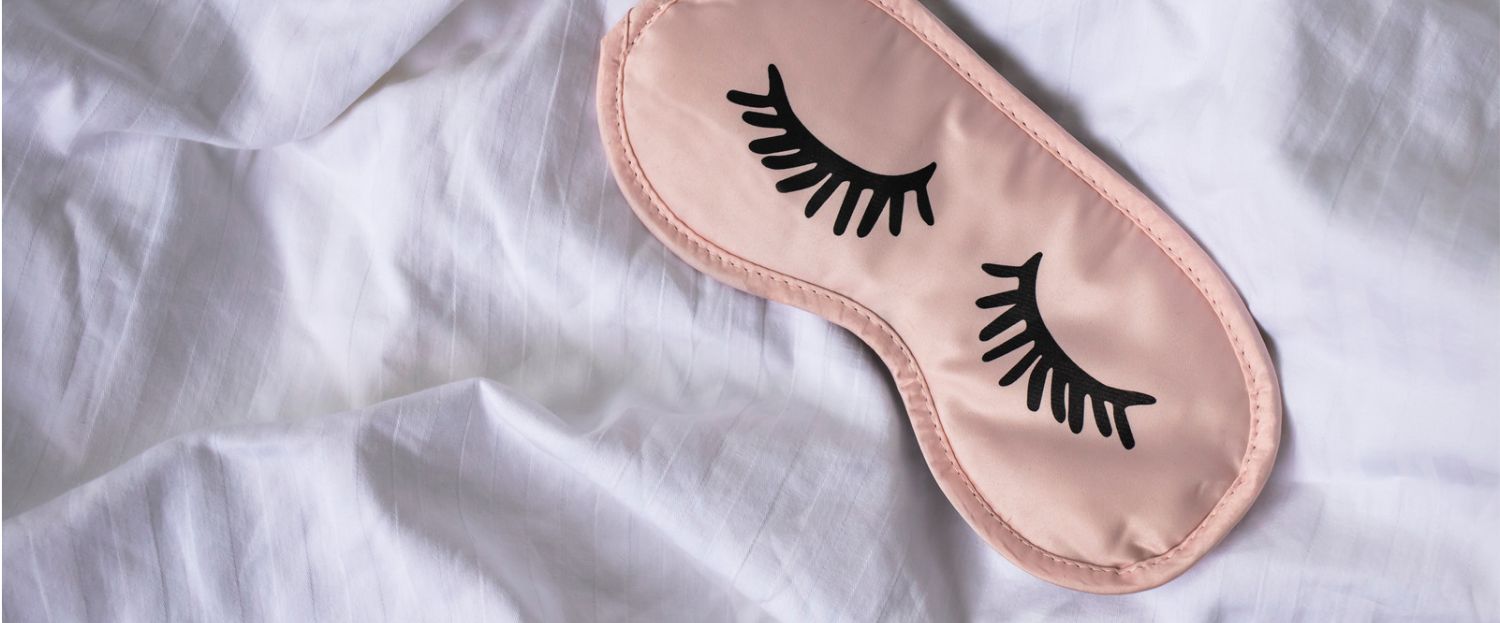How to Fall Asleep in 10 Seconds: Proven Sleep Techniques
Uncovering the capability to nod off in 10 seconds can be a life-transforming event for those with persistent sleeplessness or difficulty nodding off rapidly. This blog post delves into the intricacies of effective techniques and practices that will help you drift off to dreamland effortlessly. While we've covered if hot chocolate can help you fall asleep, today we look at other methods.
We'll explore the 10-second military method, which has been used by soldiers to achieve restorative sleep even in high-stress environments. Additionally, we'll discuss alternative methods such as progressive muscle relaxation (PMR) and meditation practices designed specifically for improving sleep quality.
We'll also delve into the 4-7-8 breathing technique, providing a comprehensive guide on how to do it correctly. Alongside these practical tips, this post offers valuable insights into lifestyle changes that promote better sleep patterns.
By implementing these strategies consistently, mastering how to fall asleep in 10 seconds may become an attainable goal—leading you toward more peaceful nights and rejuvenated mornings.









